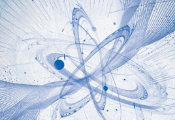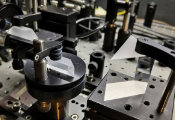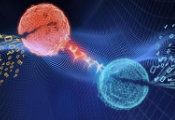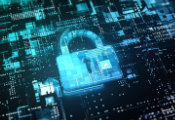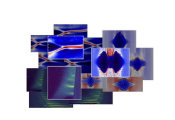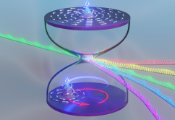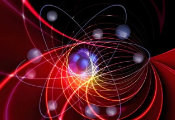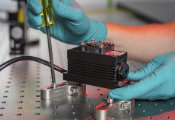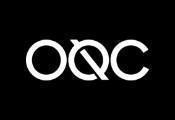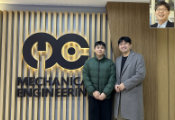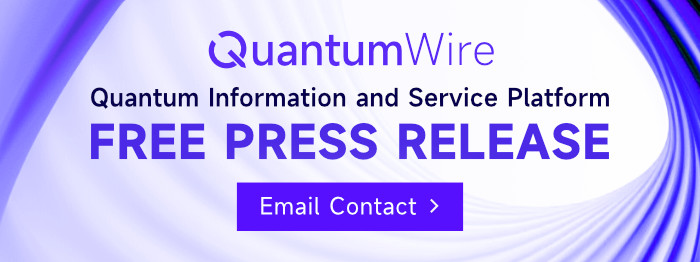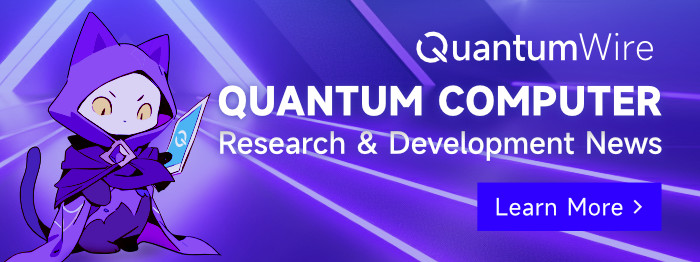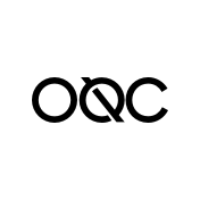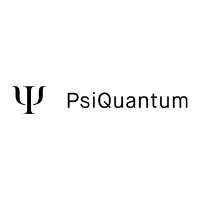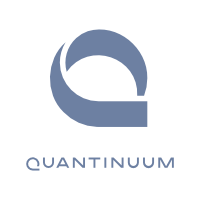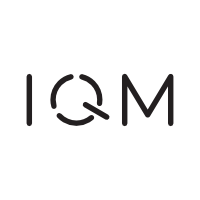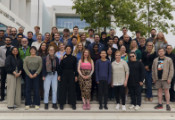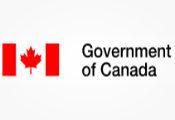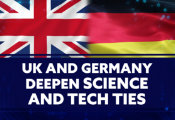Quantum Internet Meets Space-Time in This New Ingenious Idea
Hoboken, N.J., July 14, 2025 - Quantum networking is being rapidly developed world-wide. It is a key quantum technology that will enable a global quantum internet: the ability to deploy secure communication at scale, and to connect quantum computers globally. The race to realize this vision is in full swing, both on Earth and in space.
Now, a new research result, developed in a collaboration between Igor Pikovski at Stevens Institute of Technology, Jacob Covey at the University of Illinois at Urbana-Champaign and Johannes Borregaard at Harvard University, suggests that quantum networks are more versatile than previously thought. In the paper titled Probing Curved Spacetime with a Distributed Atomic Processor Clock, just published in the journal PRX Quantum, the researchers show that this technology can probe how curved space-time affects quantum theory — a first test of this kind.
Quantum physics has passed every test with flying colors so far. But how it behaves when Einstein’s theory of gravity —general relativity — comes into the picture is less clear. In Einstein’s theory, gravity is no longer a force, but a result of changing space and time — curved space-time. This leads to unique effects, such as the slowing of time near planets. The phenomenon has been measured, and confirmed, to very high accuracy, as well as popularized in science-fiction films and novels like Interstellar. But how does this changing flow of time affect quantum mechanics? Could quantum theory or general relativity, or both, require modification where they intertwine? While a full theory of quantum gravity remains lacking, there are suggestions that quantum principles might change in the presence of curved spacetime. However, probing this frontier was so far impossible in experiments.
In a previous study titled Testing Quantum Theory on Curved Spacetime with Quantum Networks that appeared on May 27 in Physical Review Research, Pikovski and Borregaard have shown that the time is ripe for experiments to explore these questions, using quantum networks. They showed how two unique, but distinct features of quantum theory and gravity come into play simultaneously. In quantum theory, there exist superpositions: matter can exist not only in specific definite states, but also in mixtures of them at the same time. Quantum computing exploits this fact to build qubits —superpositions of bits of 0 and 1. Then, quantum networks can spread such qubits across large distances. But in the vicinity of Earth, these qubits would also be affected by curved space-time because the flow of time itself changes. The researchers showed that superpositions of atomic clocks in quantum networks would pick up different time-flows in superposition, and that this opens the door to probe how quantum theory and curved space-time intertwine.
“The interplay between quantum theory and gravity is one of the most challenging problems in physics today, but also fascinating,” says Igor Pikovski, Geoffrey S. Inman Junior Professor at Stevens Institute of Technology, and one of the authors. “Quantum networks will help us test this interplay for the first time in actual experiments.”
Teaming up with Covey’s lab, Pikovski and Borregaard then developed a concrete protocol. The team showed how quantum effects can be distributed across network nodes using so-called entangled W-states, and how interference between these entangled systems is recorded. By exploiting modern quantum capabilities, such as quantum teleportation (transferring the quantum state of a particle to another particle) and entangled Bell-pairs (maximally entangled states of two qubits) in atom arrays, a test of quantum theory on curved space-time can be achieved.
“We assume that quantum theory holds everywhere — but we really don’t know if this is true,” says Pikovski. “It might be that gravity changes how quantum mechanics works. In fact, some theories suggest such modifications, and quantum technology will be able to test that.”
The results of Pikovski, Covey and Borregaard demonstrate that quantum networks are not only a useful practical tool for a future quantum internet, but that they also provide unique opportunities for the study of fundamental physics that cannot be achieved with classical sensing. At the very least, a test of how quantum mechanics behaves on curved space-time is now possible.

